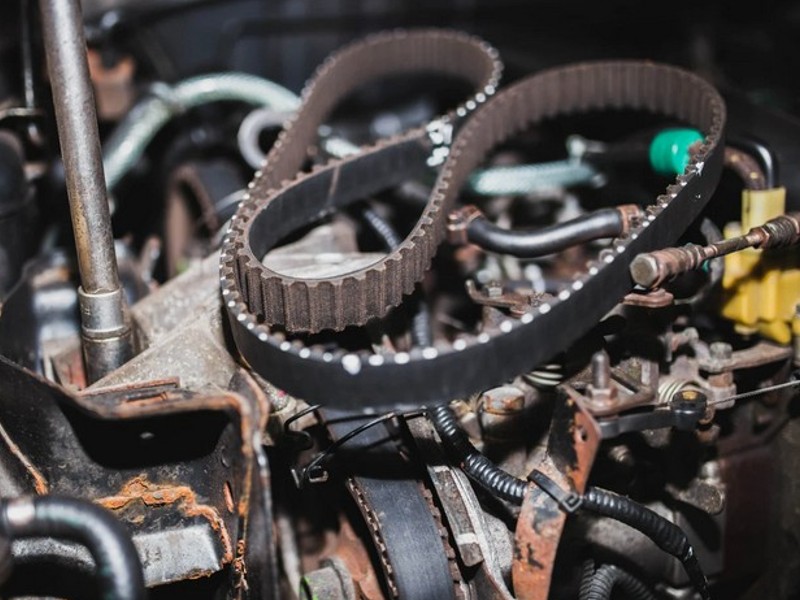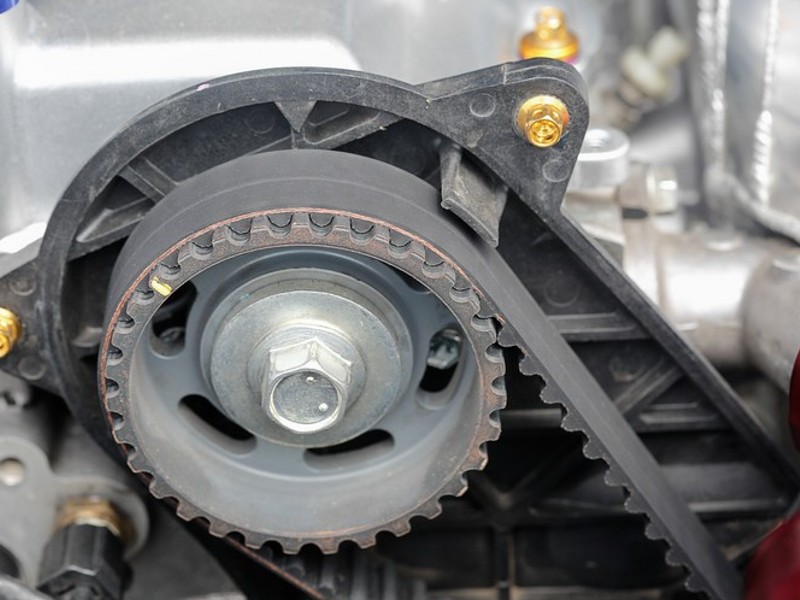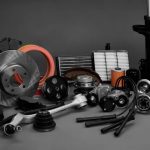A Fun Dive into the World of Toothed Belts
Ever heard a weird whirring noise under the hood, then Googled yourself into a panic spiral involving exploding engines and thousand-dollar repairs? Welcome to the wonderfully mysterious world of car maintenance, where tiny car parts make a big difference—like the often-underappreciated, oddly named, and crucial toothed belts.
It doesn’t sound glamorous. In fact, it sounds like something you’d find on a medieval weapon. But in reality, this little hero plays a pivotal role in keeping your car from acting like a drama queen on the highway. Let’s unravel the mystery, keep it light, and make sure you walk away knowing exactly why the toothed belt deserves a round of applause—or at least a scheduled replacement.
Table of Contents
The Unsung Hero Under the Hood
The average driver doesn’t pop the hood unless something’s on fire—or leaking. That’s fair. Modern engines are intimidating. They look more like alien machinery than anything you’d want to poke around with.
But nestled inside that metallic chaos is the toothed belt, often referred to as a timing belt. It’s not flashy. It doesn’t roar, shine, or even move in a way that’s visible without some serious disassembly. But what it does is essential: it keeps your engine’s components dancing in perfect harmony.
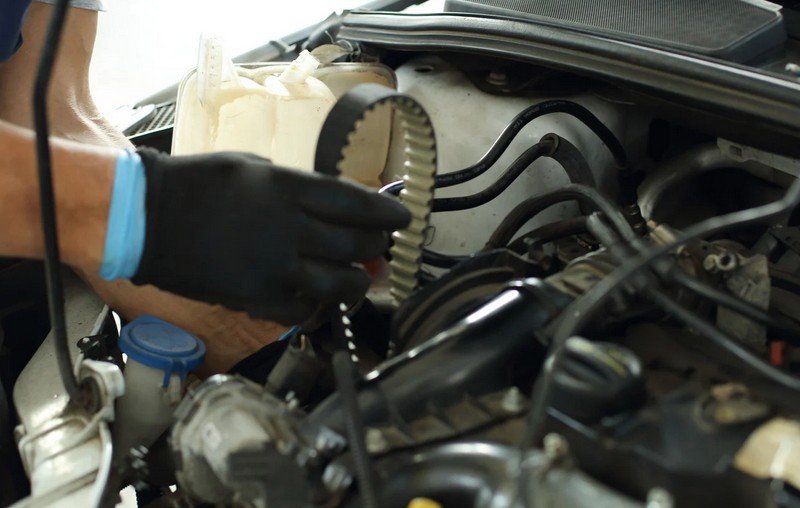
Think of the engine like an orchestra. The crankshaft is the percussion section, the camshaft is strings, and the pistons? Definitely the dramatic brass section. The toothed belt is the conductor—quiet, precise, and vital. Without it, your engine turns into jazz, but the kind where everyone’s playing in a different key and tempo. Not good.
Timing Is Everything
Now here’s where things get cool. A toothed belt isn’t just a simple rubber loop. It’s engineered for precision. Unlike a plain serpentine belt (the one responsible for things like your AC and power steering), the toothed belt has—yep—teeth. These little ridges mesh perfectly with gear wheels on the crankshaft and camshaft, ensuring everything spins exactly when it should.
Imagine trying to make pancakes while someone else flips the bacon—and both of you are blindfolded. If you’re not in sync, things burn. In your engine, if the valves and pistons get out of sync, things don’t just burn—they smash into each other. That’s called a “catastrophic failure,” and it’s as bad as it sounds.
In interference engines (which are surprisingly common), a snapped toothed belt means pistons crashing into open valves. That’s not just a breakdown; it’s a full-blown wallet evacuation.
The Clues Your Car Is Giving You
So how do you know if your toothed belt is on its last leg? Well, it’s sneaky. It won’t always scream for help. There won’t necessarily be a dashboard light that says “BELT IMPENDING DOOM.”
But your car might try to tell you. It could hesitate when starting. You might hear a ticking noise from the engine, or worse—nothing at all because it just refuses to start. In some cases, if you ignore a worn-out belt long enough, it will break while the engine is running, which is like the engine trying to perform a ballet and dislocating both knees mid-leap.
The real kicker? You usually can’t see it without removing a cover. So unless you’re the kind of person who changes their own oil just for fun, you’ll need a pro to inspect it.
The Right Time to Replace It
Most manufacturers recommend changing the toothed belts between 60,000 to 100,000 miles, though this varies depending on the make and model of your car. That’s one of those “preventative maintenance” things that seems boring—until it saves you from a $3,000 repair.
Of course, it’s never just the belt. Mechanics will often recommend replacing the water pump at the same time, because it’s usually buried under the same components. It’s like changing the batteries in your smoke detector while you’re already up on the ladder—it just makes sense.
And if you’re wondering how much this will cost, it varies—but think hundreds, not thousands. Which sounds like a lot until you compare it to rebuilding your entire engine because one belt decided to give up mid-commute.
Modern Improvements (And Why You Still Need to Care)
There’s some good news in all this: modern toothed belts are stronger than their ancestors. Older belts were mostly rubber and fabric, prone to drying out, cracking, and quietly disintegrating like an old rubber band in a junk drawer. Newer ones often have materials like fiberglass or Kevlar reinforcement.
But stronger doesn’t mean immortal. They still wear out. They still crack. They still hate heat, oil leaks, and being neglected. Basically, they’re like anyone trying to survive a chaotic work environment—they can hold on for a while, but eventually, they snap.
Some newer vehicles even come with timing chains instead, which tend to last longer. But belts are quieter, lighter, and more efficient. So they’re still very common, especially in mid-range cars and sedans.
A Belt You’ll Never Brag About, But Should Thank
Let’s be honest: no one’s showing off their toothed belt at car shows. No one’s posting selfies with it on Instagram. It doesn’t get its own merchandise or TikTok fan base.
But maybe it should. Because while it doesn’t make noise, grab attention, or earn affection, it does do something even more important—it keeps everything running like it should. It’s the ultimate behind-the-scenes MVP of your vehicle.
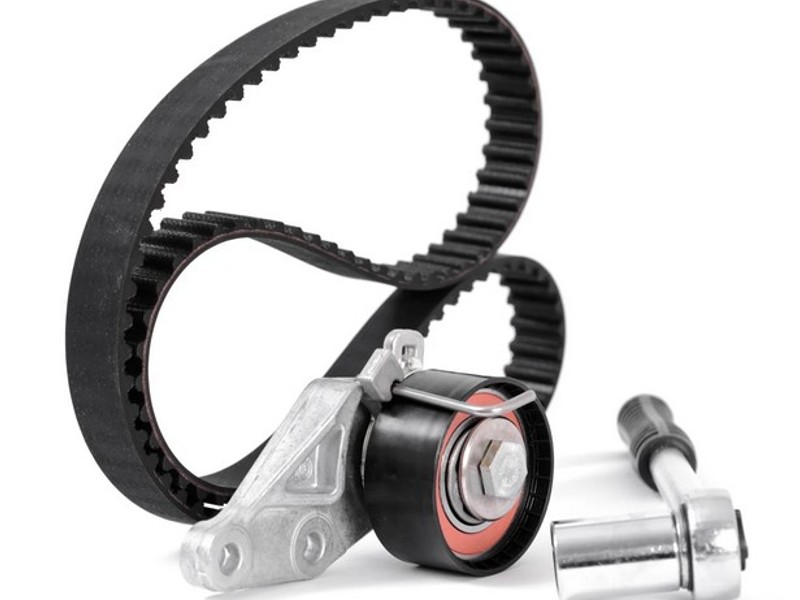
So next time you’re sitting at a red light, engine humming smoothly, air conditioner doing its job, think about what’s quietly spinning away, making sure your car doesn’t eat itself from the inside. And maybe, just maybe, schedule that belt inspection before it decides to retire unannounced.
It’s Just a Belt… Until It Isn’t
In a world full of high-tech sensors, GPS satellites, and dashboard touchscreens, it’s easy to overlook the humble components. But sometimes, the car parts with the least glamour carry the most responsibility. That’s exactly the story of the toothed belts—the small, ribbed, rubbery strip that holds the rhythm of your engine in its grasp.
It won’t get fan mail, but it deserves respect. And a timely replacement.
